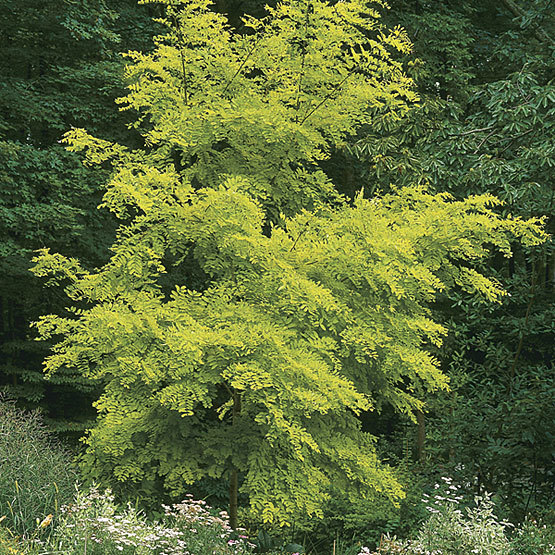
The genus Robinia is made up of anywhere from a handful to 20 species of deciduous trees and shrubs from woodland and thickets of North America. Their garden value comes from their pinnate leaves and their dangling pendents of often fragrant, pea-like flowers, mostly in pinks and white. They make good specimen trees or additions to a shrub border. All parts of Robinia can cause severe discomfort if eaten.
Noteworthy CharacteristicsAlternate, pinnate leaves and pendent inflorescences of pea-like flowers in spring or summer that are sometimes fragrant.
CarePrefer full sun in moist but well-drained soil of moderate fertility, but can take poor, dry soils. Shelter the brittle branches from strong winds. Prune in late summer or early autumn to prevent bleeding.
PropagationSow seed in containers in fall and place in a cold frame. Insert root cuttings or graft in winter. Remove suckers in fall.
ProblemsBorers, caterpillars, weevils, scale insects, whiteflies, leaf miners, leaf spots, wood rot, canker, powdery mildew, Verticillium wilt, and heart rot can all be problems.




















